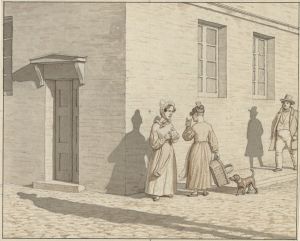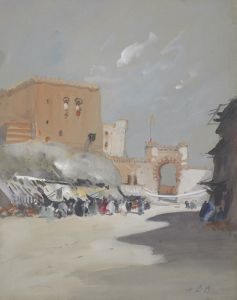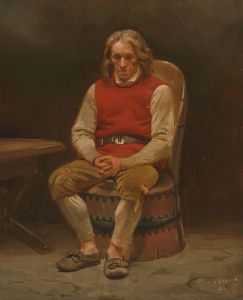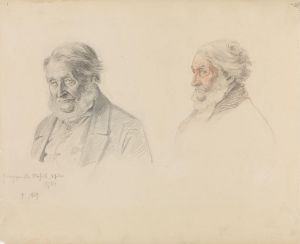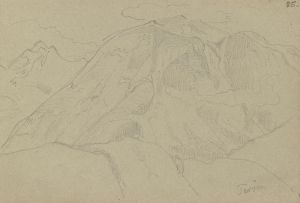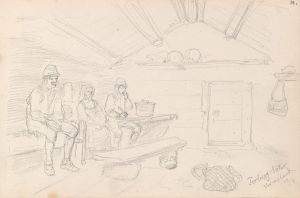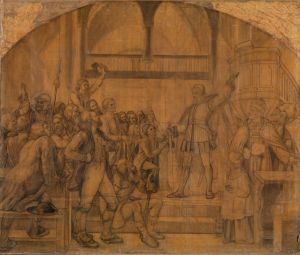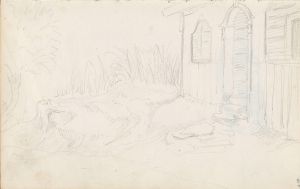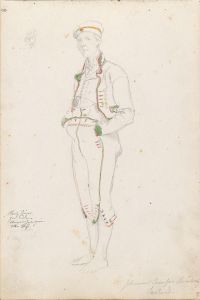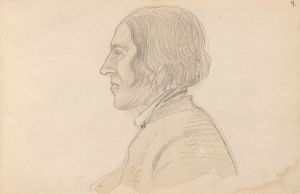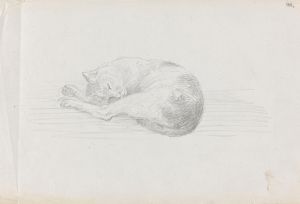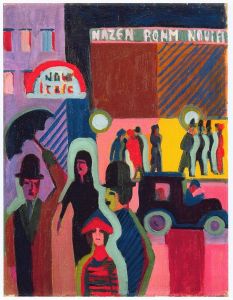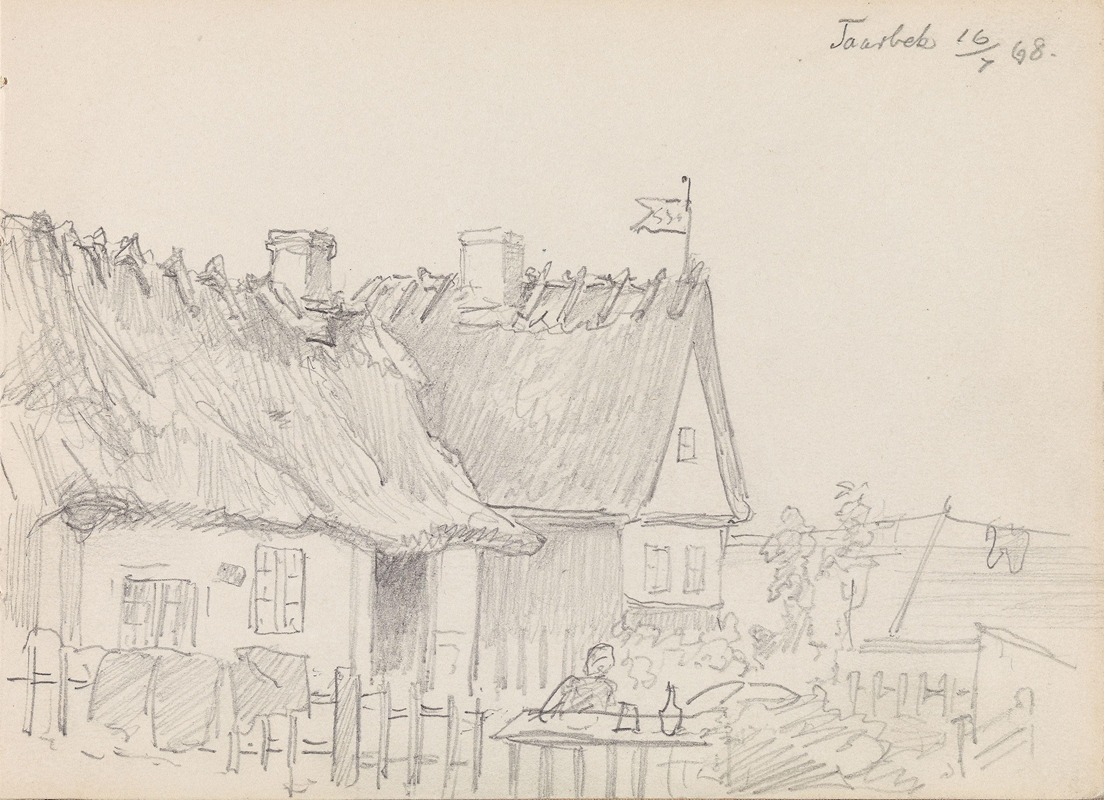
Fra Taarbæk
A hand-painted replica of Adolph Tidemand’s masterpiece Fra Taarbæk, meticulously crafted by professional artists to capture the true essence of the original. Each piece is created with museum-quality canvas and rare mineral pigments, carefully painted by experienced artists with delicate brushstrokes and rich, layered colors to perfectly recreate the texture of the original artwork. Unlike machine-printed reproductions, this hand-painted version brings the painting to life, infused with the artist’s emotions and skill in every stroke. Whether for personal collection or home decoration, it instantly elevates the artistic atmosphere of any space.
"Fra Taarbæk" is a painting by the Norwegian artist Adolph Tidemand, created in 1867. Adolph Tidemand was a prominent figure in Norwegian art during the 19th century, known for his detailed and culturally rich depictions of Norwegian life and landscapes. His works often focused on the everyday lives of Norwegian people, capturing their customs, traditions, and environments with great accuracy and empathy.
The painting "Fra Taarbæk" translates to "From Taarbæk" in English. Taarbæk is a small village located near Copenhagen, Denmark. During the 19th century, it was a popular spot for artists and intellectuals, providing a serene and picturesque setting that inspired many works of art. Tidemand's choice to paint a scene from Taarbæk reflects his interest in capturing the essence of different locales and the lives of their inhabitants.
In "Fra Taarbæk," Tidemand employs his characteristic attention to detail and realistic style. The painting depicts a tranquil scene in the village, with figures engaged in their daily activities. The composition is carefully arranged to draw the viewer's eye through the scene, creating a sense of depth and movement. Tidemand's use of light and shadow adds to the realism of the painting, highlighting the textures and forms of the landscape and the figures within it.
The figures in the painting are dressed in traditional clothing, which Tidemand often used to emphasize the cultural context of his subjects. This attention to costume and setting helps to situate the scene in a specific time and place, providing viewers with a glimpse into the lives of the people of Taarbæk during the 19th century. The painting is not just a visual representation but also a historical document that offers insights into the customs and daily life of the period.
Adolph Tidemand's work, including "Fra Taarbæk," is highly regarded for its contribution to the Norwegian Romantic Nationalism movement. This movement sought to promote and preserve Norwegian culture and identity through art, literature, and other forms of expression. Tidemand's paintings played a significant role in this cultural revival, helping to foster a sense of national pride and awareness.
"Fra Taarbæk" is part of Tidemand's broader oeuvre, which includes many other notable works such as "Haugianerne" (The Haugeans) and "Brudeferd i Hardanger" (The Bridal Procession in Hardanger), the latter of which he co-created with Hans Gude. These works collectively highlight Tidemand's skill in portraying the human condition and the natural beauty of the Scandinavian landscape.
Today, Adolph Tidemand's paintings, including "Fra Taarbæk," are held in high esteem and can be found in various museums and collections. They continue to be studied and appreciated for their artistic merit and their valuable contribution to the understanding of 19th-century Norwegian culture and society.





